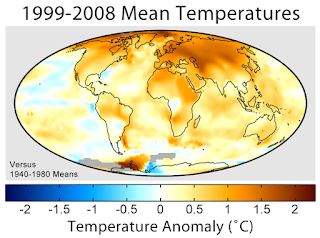Volcanoes, when everything changes in a second
On 24 August 79 AD the city of Pompeii, in the Gulf of Naples, was buried by an eruption of Vesuvius. Vesuvius has a tendency to have explosive eruptions but the burial of Pompeii was something that had long been warning the volcano, in fact it had already erupted, something that attracted Pliny the Elder and his son to study. Ignorance caused the evacuation began already in the great eruption, trapping its inhabitants ash rain and pyroclastic flow. The eruption was described by Pliny the Younger, because his father (The Older) was one of the victims, the official date recorded by him is incorrect, it doesn’t agree with known dates and physical evidence in the excavations; but the document is the first scientific description of an eruption, and surely the date is a transcription error by not having the original document.
Pyroplastic Flow as which killed Pompeii people
Today the slopes of Vesuvius are populated by one of the most important conurbations del Mediterranean: Naples. Considering that the volcano is still active and much overlooked study shows that the Gulf is the result of it, it looks like reckless living there. It turns out that as Naples and Vesuvius there are plenty of large conurbations in idylls with volcanoes. The slopes of volcanoes (active) are often very fertile, think also they are high mountains which attract a lot of rain and snow and humans live where water is abundant.
Looked at from the perspective of someone who lives where no active volcanoes live or go visit a volcano may seem to run an avoidable risk. But as I said many people live in the shadow of volcano quiet lives without too many surprises. Likewise highly active areas such as the Ring of Fire, where Japan is located, are among the most populated areas of the planet. Whether living next to a volcano is no more dangerous than in the coast, and generally economically they are rich places.
But volcanoes are dangerous not only for its neighbors. A volcano ejects large amounts of material, which is suspended and changed, depending on the final activity which developed, the global climate. In this sense there is a type of volcano, which the lack of historical reference makes it go unnoticed, called Supervolcano its eruptive consequences can be devastating. Most of these volcanoes are off, but one that is active Yellowstone Park in USA. This Supervolcano whose crater is all National Park, has a boiler that is the size of a large county. This asset and just one of the attractions is this activity, such as its known geyser. Records of previous eruptions cover all of North America with ash deposits hundreds of meters. Since its last eruption 640,000 years has passed is the period of recurrence of this.
The explosion of Krakatoa in 1883 caused two years without summer. But Krakatoa isn’t supervolcano; a little farther north, in Sumatra, Lake Toba is a crater produced by supervolcano 75,000 years ago produced a severe glaciation for 6 or 7 years with average temperatures of 3C; this phenomenon almost extinguished humanity. Toba is almost an order of magnitude lower than Yellowston; whether we think about if e- phones bend or not, tomorrow the bowels of the planet can remove a third of the northeastern United States and the rest hang ash over Canada and Mexico. Many in front of this statement to be glad, but this circumstance will remove of maps one of main food regions of world, surely the global flooding ash would have decades without crops in whole World. Volcanoes seem very far, but they are the manifestation of the real world under our feet but we forget.
Alasca volcanoe eruption
Sometimes we reduce the climate risk at the greenhouse gas accumulation. This is true the current problem is the global warming and its unpredictable consequences. But climate has more other conditions which influence its evolution. The large conditions as greenhouse gases we could be avoiding if our greed and our myopia were working. The problem we have when conditioning factors work fast. The cometary impact or an eruption will change climate radically and irreversibly. Today we discuss how we could stop climate change and we put too much large terms, when we must thing that climate would change in a few seconds.





Comentaris
Publica un comentari a l'entrada